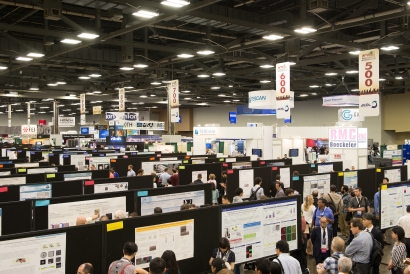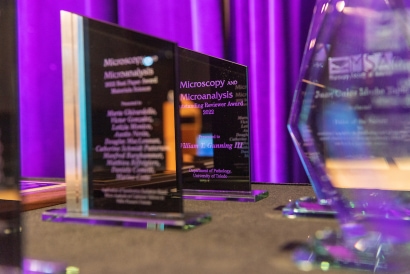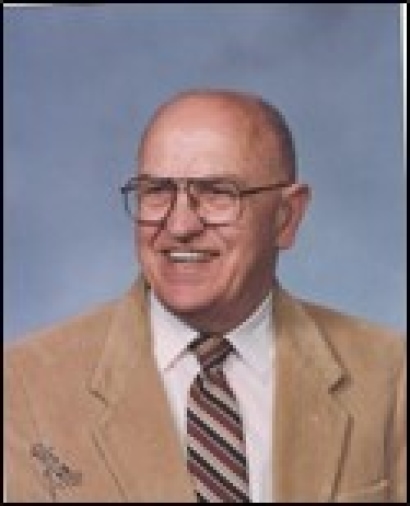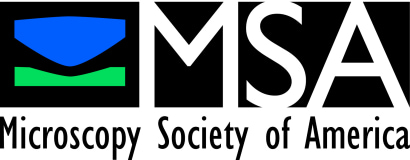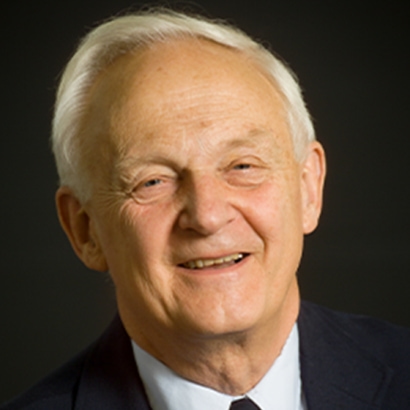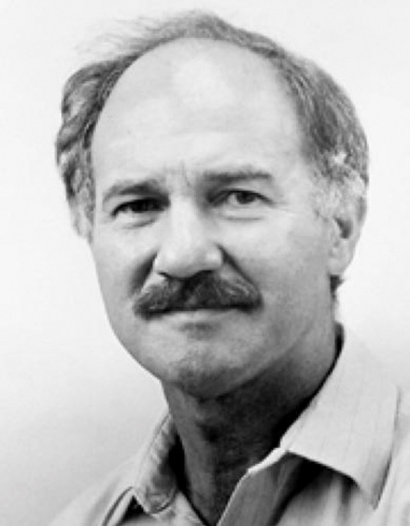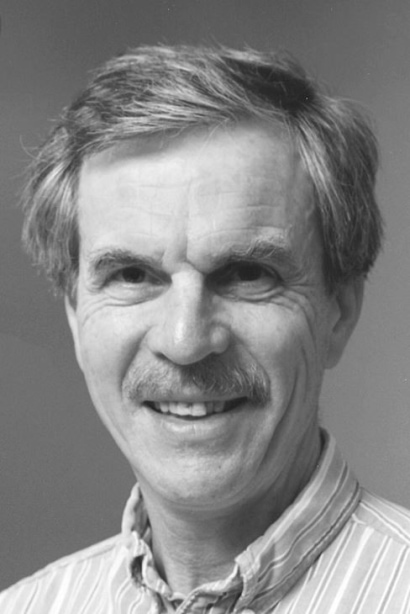
Recent News
MT Micrograph 2023 Award Finalist | Wing of dragonfly Libellula luctuosa. Markings on wings indicate it is a male. (light microscopy) | Submitted by: MacKenzie Freeze, Frostburg, MD
Sustaining Members - interested in submitting to the Sustaining Member News and having your post featured on the MSA News? Fill out a submission form here!

